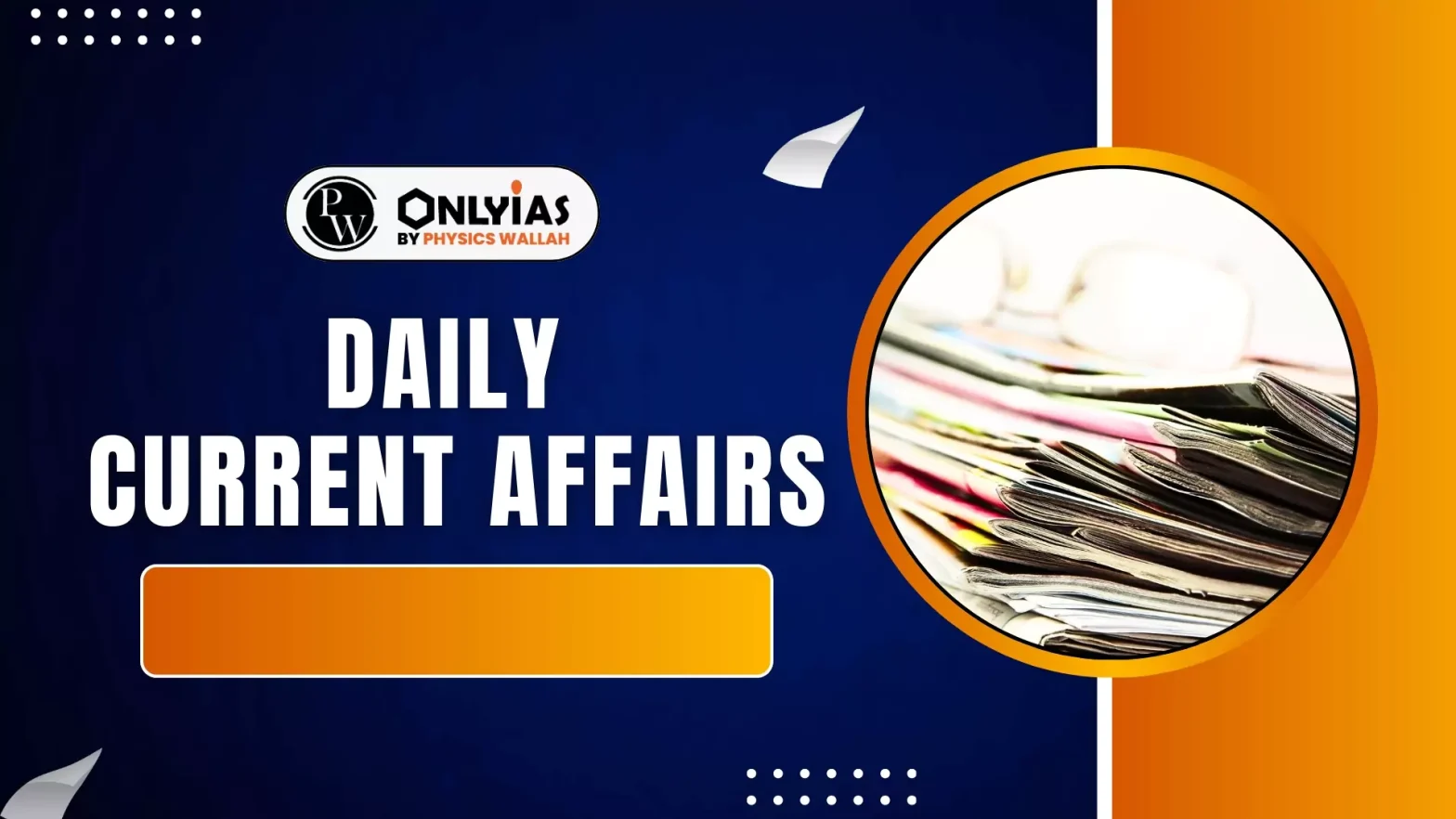The World Bank revised its extreme poverty line to adjust for global inflation in 2021 prices.
New International Poverty Line
- The new international poverty line (IPL) is set at $3.00 using 2021 international dollars.
- Anyone living on less than $3.00 a day is considered to be living in extreme poverty.
About Poverty Line
- The poverty line is a threshold used to identify and measure poverty.
- It defines the minimum level of income or consumption needed to meet basic needs such as food, clothing etc.
- Types of Poverty Lines:
- Absolute Poverty Line: Based on the cost of a fixed basket of essential goods and services.
- Relative Poverty Line: Defines poverty in relation to the average income or consumption of a society.
- Setting Of Poverty Line:
- International Poverty Line: Set by the World Bank and updated based on Purchasing Power Parities (PPPs).
- National Poverty Lines: Defined by individual countries using their own methods (e.g., calorie-based norms in India).
|
Reasons For Periodic Updation
- The International Poverty Line (IPL) is regularly revised to account for changing global prices.
- These updates help ensure that the line reflects current costs of basic needs such as food, clothing, and shelter in low-income countries.
Key Points From the Poverty Line Revision of The World Bank
- Latest Revision Of Poverty Line: The World Bank raised the global poverty line to $3 per day (earlier it was $2.15/day).
- India and Poverty Line Revision: Even with the higher poverty line, fewer people in India are poor now than before.
- Sharp Decline in Extreme Poverty in India
- Extreme poverty rate fell from 27.1% in 2011-12 to 5.3% in 2022-23 using the $3/day benchmark.
- In absolute numbers, people in extreme poverty dropped from 344.47 million to 75.24 million.
- Improvement In Poverty in India:
- In 2011-12, 27 out of 100 people in India were very poor.
- In 2022-23, only 5 out of 100 people are very poor (even using the $3 line).
- This means poverty has reduced a lot in the last 10 years.
- Lower-Middle-Income Poverty:
- The share of Indians living below the revised lower-middle-income category (LMIC) poverty line of $4.20 per day (from $3.65 in 2017 prices) also fell from 57.7 percent in 2011-12 to 23.9 percent in 2022-23.
- In absolute numbers, people living under the revised LMIC poverty line dipped from 732.48 million to 342.32 million in a period of 11 years.
- Rural vs Urban:
- Poverty is higher in villages than in cities. But both have improved:
- Rural poverty: From 69% to 32.5%.
- Urban poverty: From 43.5% to 17.2%.
- Other Signs of Improvement In Poverty:
-
- People are spending more money per month:
- In villages: ₹2,079/month per person (up from ₹1,430).
- In cities: ₹3,632/month per person (up from ₹2,630).
- Multidimensional poverty index (MPI): According to the World Bank’s multidimensional poverty index (MPI), non-monetary poverty in India declined from 53.8 percent in 2005-06 to 15.5 per cent in 2022-23.
- The index comprises six indicators, namely consumption or income, educational attainment, educational enrolment, drinking water, sanitation, and electricity.
About Purchasing Power Parities (PPPs)
- Purchasing Power Parities (PPPs) are rates of currency conversion that aim to equalize the purchasing power of different currencies by adjusting for differences in price levels between countries.
- It is used to convert macroeconomic aggregates such as GDP into a uniform currency for international comparisons
- Relative to a base economy, PPPs indicate how much that same basket costs in each participating economy.
- Computation of PPPs: PPPs are computed by the International Comparison Program (ICP).
- The ICP is an independent statistical program.
- Its Global Office is housed within the World Bank’s Development Data Group.
- The program operates under the auspices of the United Nations Statistical Commission (UNSC).
|
Conclusion
The complete data for 2023–24 will be published in October 2025 through the World Bank’s Poverty and Inequality Platform (PIP), which is expected to provide deeper insights into India’s poverty trends in the post-pandemic period.
![]() 7 Jun 2025
7 Jun 2025

